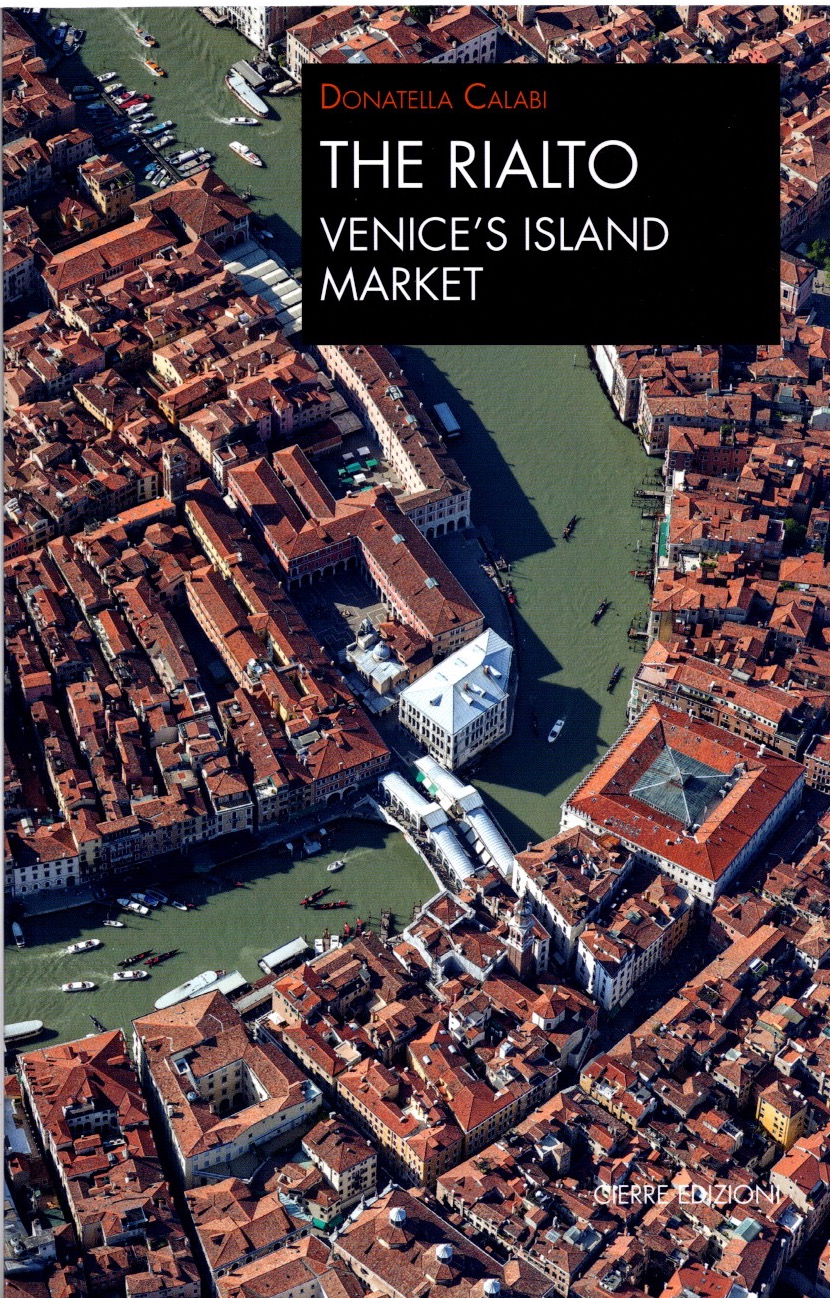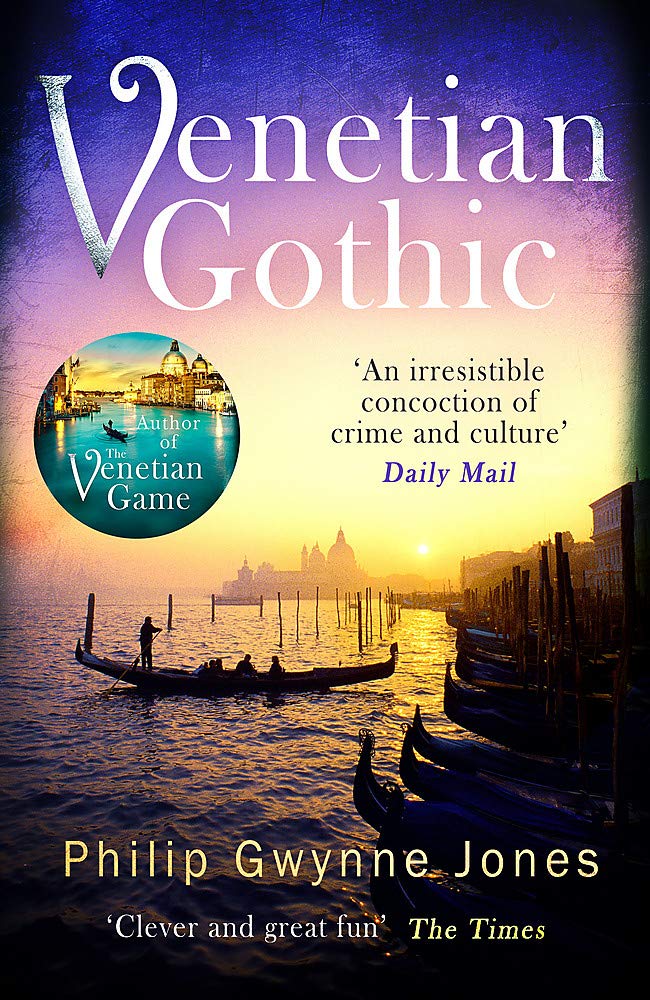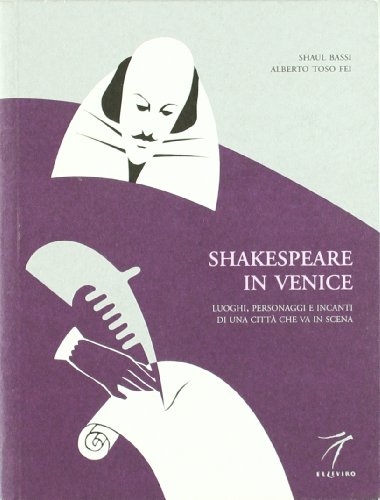
Donatella Calabi, Cierre Edizioni, 2020
Rialto Venice's Island Market
19.00
The island known as the Rialto, made up of canals, alleyways, open spaces, quays and buildings appropriate to a working market, does not have the profile of a traditional tourist destination. Guidebooks necessarily include the highlights: the iconic Rialto Bridge, the huge sixteenth-century building fronting the Grand Canal known as the Fabbriche Nuove – as well as the ‘little’ church of San Giacomo said to be the oldest in the city, emblem of its legendary origins – not forgetting the monumental building the other side of the Grand Canal, the Fondaco dei Tedeschi.
And yet the Rialto offers so much more. It is still possible to make new discoveries, to encounter skilled craftsmen and women practised in age-old techniques, the living embodiment of an artisan culture that has been taken up and embraced by succeeding generations.
Explore bustling quays and unfrequented backwaters, follow narrow lanes and winding alleyways, emerge into pocket-sized squares, discover both significant and unsung buildings, all this amid the complexities of 21st century life and the constraints imposed by ancient magistracies that over a thousand years of history have made the Rialto the ‘heart’ of the city.
And yet the Rialto offers so much more. It is still possible to make new discoveries, to encounter skilled craftsmen and women practised in age-old techniques, the living embodiment of an artisan culture that has been taken up and embraced by succeeding generations.
Explore bustling quays and unfrequented backwaters, follow narrow lanes and winding alleyways, emerge into pocket-sized squares, discover both significant and unsung buildings, all this amid the complexities of 21st century life and the constraints imposed by ancient magistracies that over a thousand years of history have made the Rialto the ‘heart’ of the city.
Spesso acquistati insieme
Vengeance in venice
15,00
Venetian gothic
15,00
Shakespeare in Venice
19,50
Sixteenth century venice
30,00




